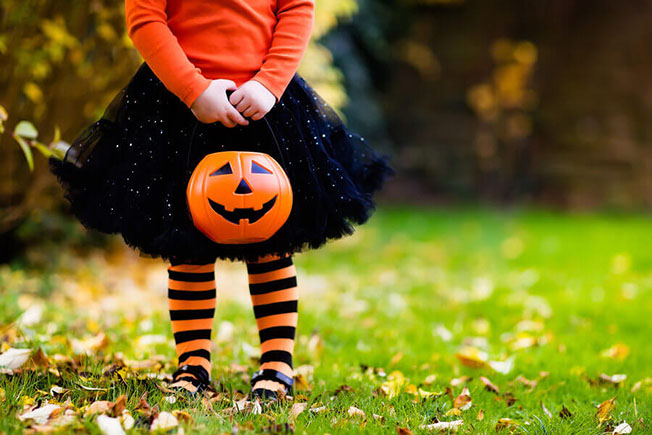
When it comes to favorite holidays, Halloween tops the list for many kids and adults alike. However, there are many hazards associated with trick-or-treating and other common Halloween activities. Follow these safety tips from Handyman Connection to be sure your Halloween is all treats and no tricks!
Preparing for Visitors
- Ensure outdoor lights are in good working order. Replace bulbs if necessary.
- Make your lawn less hazardous for trick-or-treaters by removing any items that could be tripped over, including lawn ornaments, bikes, toys and gardening equipment.
- Restrain pets before kids begin to arrive. Nervous, agitated pets are more likely to threaten visitors and bite.
Costume Safety
- Choose costumes that are bright and reflective. An alternative is to add strips of reflective tape or use a reflective trick-or-treat bag.
- Avoid costumes that drag on the ground, or shoes or accessories that could cause your child to trip and fall.
- Avoid masks, which can limit a child’s vision or interfere with breathing.
- Dress for the weather, which may mean adding layers to a costume if the temperature drops.
When Trick-or-Treating
- Children 12 years and younger should be accompanied by an adult. Older children should travel in a group, never alone.
- Know in advance the route your children will take. If they want to go on a street that is not on the route and you are not present, ask them to call you.
- Keep to paths and sidewalks. If there are no sidewalks, walk on the left side of the road, facing traffic, so motorists are more likely to see you.
- Ensure each child has a flashlight to help them avoid trips and falls in the dark.
- Avoid unfamiliar animals, especially dogs.
- Avoid houses that are not well-lit. Only accept treats at the door; never enter a stranger’s home.
